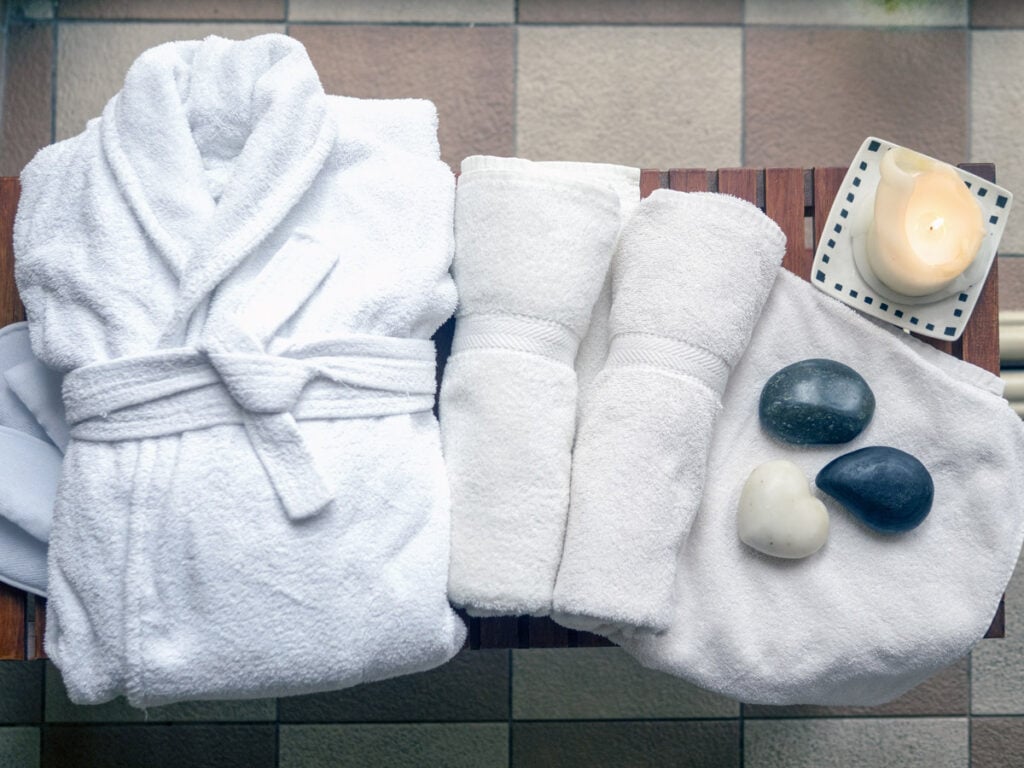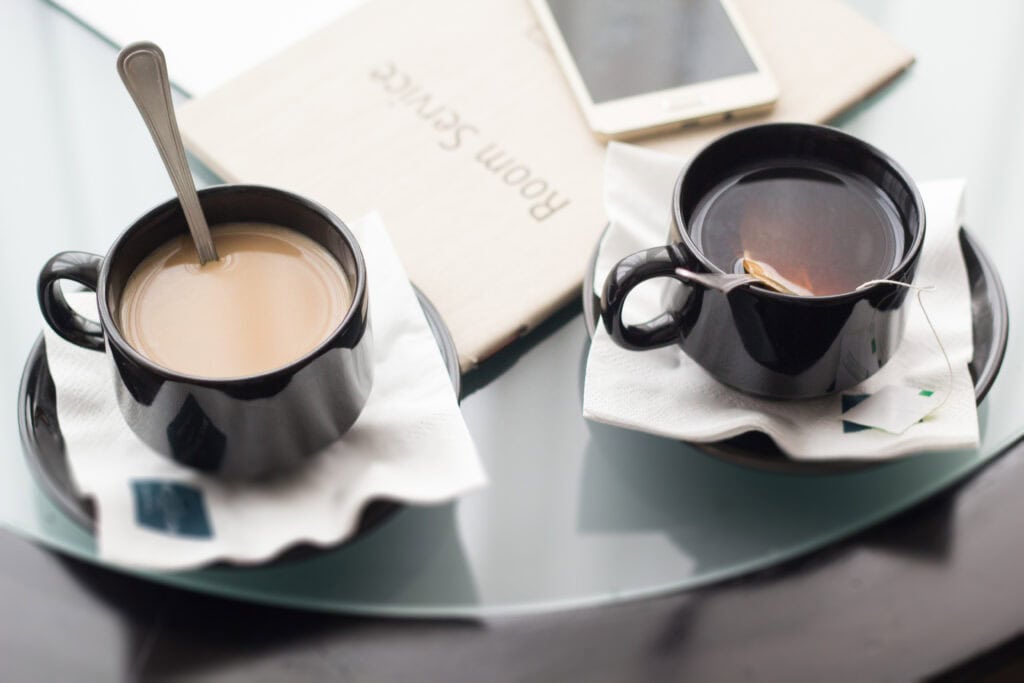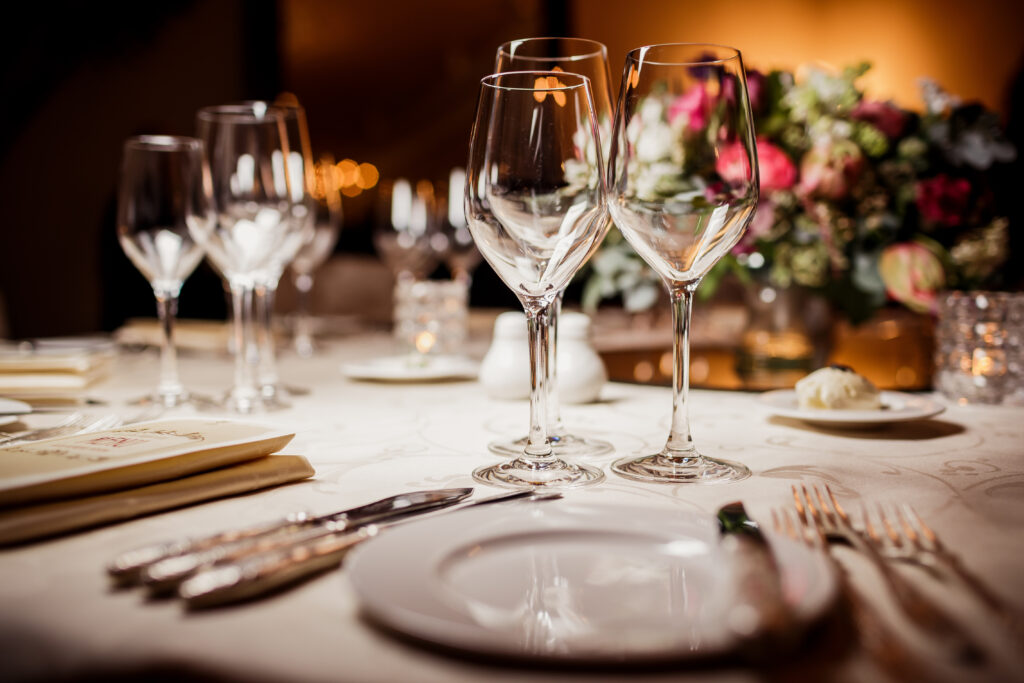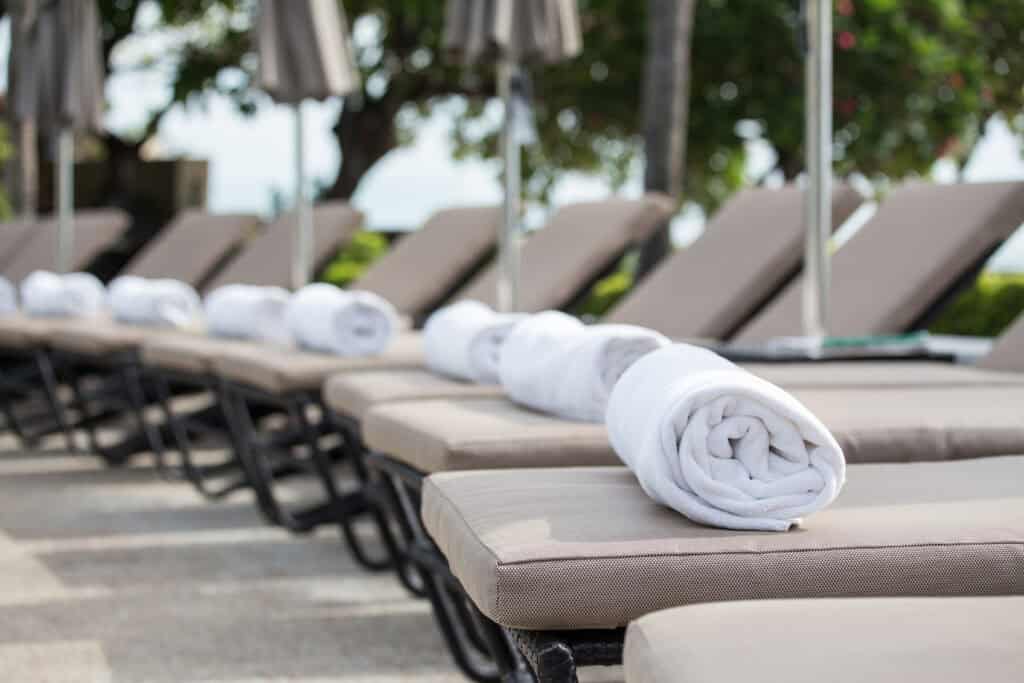
A Closer Look at OS&E Procurement for Hospitality, Restaurants, Multi-Family, and Senior Living
When it comes to building or renovating a property, Operating Supplies & Equipment (OS&E) are the tiny details that keep day-to-day operations running smoothly. From linens and kitchen utensils to safety gear and engineering supplies, OS&E items are essential to both functionality and guest or resident experience. While the OS&E procurement process may seem universal and consistent, it can vary on the project. Today we’re going to look at what that looks like for hospitality, restaurants, multi-family residential, and senior living.

Understanding these differences can help property owners, developers, and operators avoid costly missteps, streamline setup, and ultimately deliver the best possible experience to their guests. At Beyer Brown, our deep experience across these industry sectors allows us to tailor OS&E procurement strategies that meet the unique demands of each project.
Hospitality: Brand Standards and Guest Experience
Hotels, resorts, and vacation ownership properties prioritize guest comfort, aesthetics, and operational efficiency. OS&E in this sector includes items like tableware, housekeeping carts, in-room amenities and uniforms. Public areas often include banquet rooms, restaurants, pool areas, and spa and fitness centers. Each with their own unique call and requirements.

Key considerations in the hospitality industry revolve around strict brand adherence and delivering consistent guest experience. Most hotel brands have well-defined OS&E standards that must be met across all locations. This often requires coordination with brand representatives and the operations team to ensure every detail is aligned. High guest turnover also demands durable and easily replaceable items to maintain quality without disrupting operations. Timely delivery and replenishment are essential to maintaining continuity, especially in full-service and high-occupancy properties.
In addition to the needs of guestrooms, there are often additional OS&E needs to be considered. Let’s look into restaurants in more detail.
Restaurants: Health Codes and High Usage
In the food & beverage industry, OS&E revolves around design, durability, safety, and efficiency. Items include china, glassware & silverware, kitchen equipment (smallwares), bar supplies, stewarding supplies, and uniforms. As with hotels, there are a plethora of items that are used by guests, but also back-of-house items, used by the staff and in the kitchen that all need to be considered. Depending on the spec, some things are listed out separately, such as pots and their lids. Great care and an eye for detail is taken to be sure to include each of the smallest detail.

For restaurants, OS&E procurement must prioritize adherence to local health and safety regulations. Kitchen and front-of-house items must not only meet regulatory requirements but also stand up to the demands of constant daily use. Design is another crucial component, as restaurants often seek to create a specific ambiance or brand experience. Procurement teams must work closely with food and beverage directors, chefs, general managers to ensure that all items—from china to table linen—are both functional and on-brand.
Multi-Family Residential: Amenity-Focused and Durable
While not as operation intensive as hospitality, multi-family residential properties still require OS&E for shared spaces, leasing offices, and amenities. This can include lobby accessories, fitness equipment and pool supplies.

In the multi-family sector, procurement emphasizes long-term durability and resident satisfaction. Items selected must withstand everyday wear and tear from residents who use shared amenities over extended periods. Though the replacement cycle is typically less frequent than in hospitality, quality and functionality remain top priorities. Procurement often intersects with amenity management—fitness centers, community lounges, and rooftop areas must be both visually appealing and practical. Developers and property managers also expect OS&E to align with broader design themes and elevate the resident experience.
Senior Living: Comfort, Compliance, and Care
Senior living communities combine elements of hospitality and healthcare, creating unique procurement needs. Common OS&E includes ADA-compliant bathroom accessories, mobility aids, medical carts, dietary-specific kitchen supplies, and staff uniforms.

The senior living sector demands a meticulous approach to procurement, as resident safety, comfort, and compliance are paramount. Items must meet a wide range of healthcare and accessibility standards, including those set by ADA and OSHA. Beyond compliance, OS&E must support the physical needs of older adults—non-slip materials and mobility aids are critical. Procurement teams often work alongside care providers, nurses, and facilities managers to select equipment and supplies that promote independence and well-being.
Why Partner with a Procurement Professional
Given the nuances and stakes across these sectors, professional procurement management becomes not just helpful, but essential. At Beyer Brown, we specialize in navigating complex vendor landscapes, ensuring brand compliance, and coordinating with construction and design teams to deliver seamless results.
Working with a procurement expert minimizes risks, saves time, and provides peace of mind that every detail is handled—on time and within budget. We can help you know exactly what supplies you need, ensuring that each element has been accounted for, as well as knowing where to store those items. Whether outfitting a boutique hotel, a bustling restaurant, a modern apartment complex, or a senior living facility, bringing in an experienced OS&E procurement professional can make the difference between operational chaos and flawless execution.
Read More: The Unique Approach to OS&E Procurement: Navigating the Details for Success




